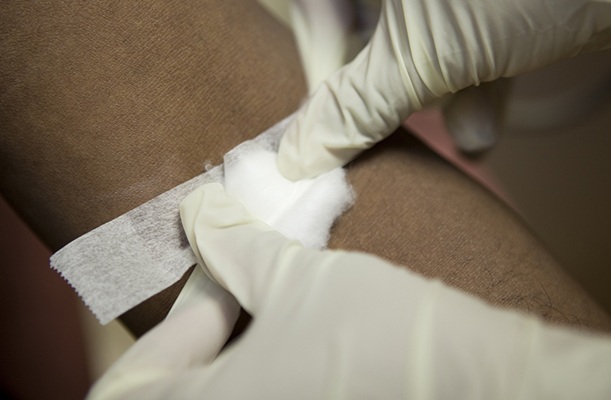Molecular Characterization of Microbiota in Cerebrospinal Fluid Using WGA
By LabMedica International staff writers
Posted on 02 Sep 2021
Hydrocephalus is a common cause of neurological disability in children. Cerebrospinal fluid (CSF) shunt placement allows children with hydrocephalus to survive and avoid ongoing brain injury.Posted on 02 Sep 2021
Understanding the etiology of cerebrospinal fluid shunt infections and reinfections requires detailed characterization of associated microorganisms. Traditionally, identification of bacteria present in the CSF has relied on culture methods, but recent studies have used high throughput sequencing of 16S rRNA genes.

Image: The MiSeq benchtop sequencer enables targeted and microbial genome applications, with high-quality sequencing, simple data analysis, and cloud storage (Photo courtesy of Illumina)
Neurosurgeons at the Seattle Children’s Hospital (Seattle, WA, USA) and their colleagues enrolled in a study a subset of children who failed treatment for CSF shunt infection (i.e. had CSF shunt reinfection) and had CSF collected both near the beginning and end of both infection episodes. All samples were tested by routine CSF aerobic culture in hospital-certified laboratories.
DNA was extracted and purified from CSF samples using the AGOWA mag Mini DNA isolation kit (AGOWA, LGC Genomics, Berlin, Germany) and CSF microbiota amplicon library construction was carried out using a one-step PCR amplification targeting the V4 region of the bacterial 16S rRNA gene. Sequencing of the pooled libraries was carried out for 600 cycles on an Illumina MiSeq desktop sequencer using the MiSeq Reagent Kit v3 (Illumina, San Diego, USA). Whole genome amplification (WGA) of DNA purified from CSF samples and two mock community samples was carried out using the REPLI-g Mini Kit (Qiagen, Hilden, Germany) and sequenced on the Illumina HiSeq 2500 platform to produce 96-bp paired-end reads.
Taxonomic assignments of sequences from WGA and 16S were compared with one another and with conventional microbiological cultures. While classification of bacteria was consistent among all the approaches, WGA provided additional insights into sample microbiological composition, such as showing relative abundances of microbial versus human DNA, identifying samples of questionable quality, and detecting significant viral load in some samples. One sample yielded sufficient non-human reads to allow assembly of a high-quality Staphylococcus epidermidis genome, denoted CLIMB1, which we characterized in terms of its multilocus sequence typing (MLST) profile, gene complement (including putative antimicrobial resistance genes), and similarity to other annotated S. epidermidis genomes.
The authors concluded that they had demonstrated that WGA directly applied to CSF is a valuable tool for the identification and genomic characterization of dominant microorganisms in CSF shunt infections, which can facilitate molecular approaches for the development of better diagnostic and treatment methods. The study was published on August 20 2021 in the journal Frontiers in Cellular and Infection Microbiology.
Related Links:
Seattle Children’s Hospital
LGC Genomics
Illumina
Qiagen














